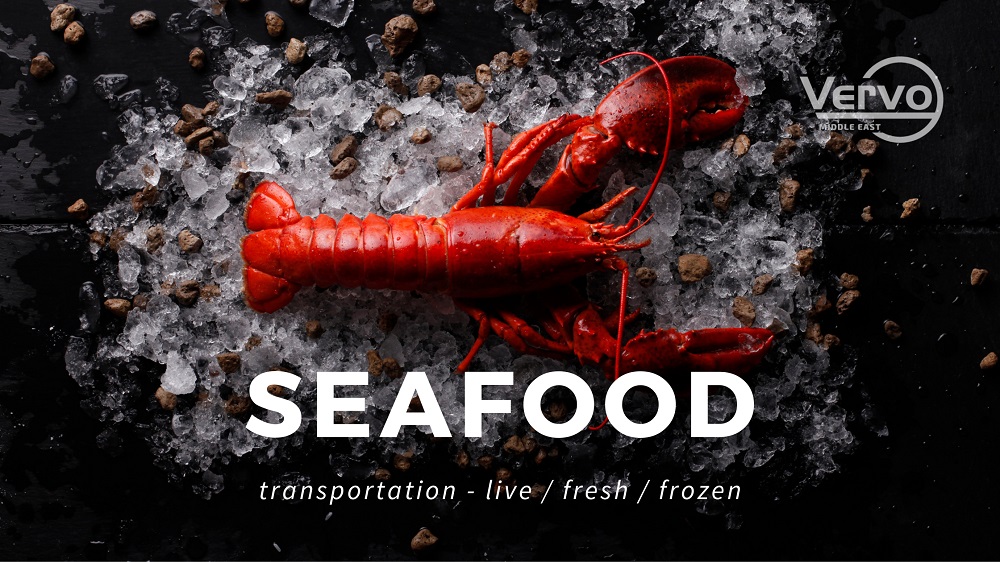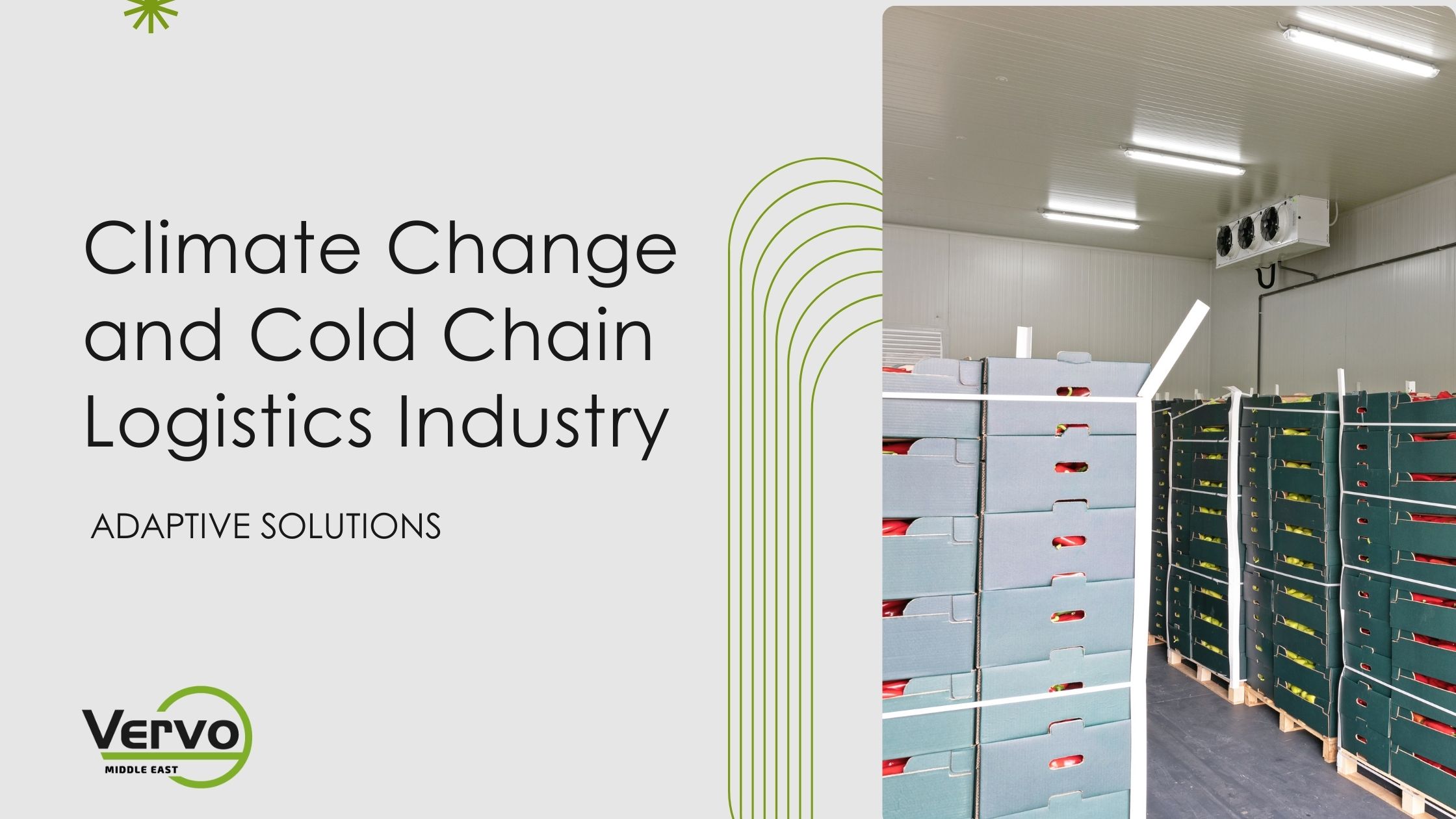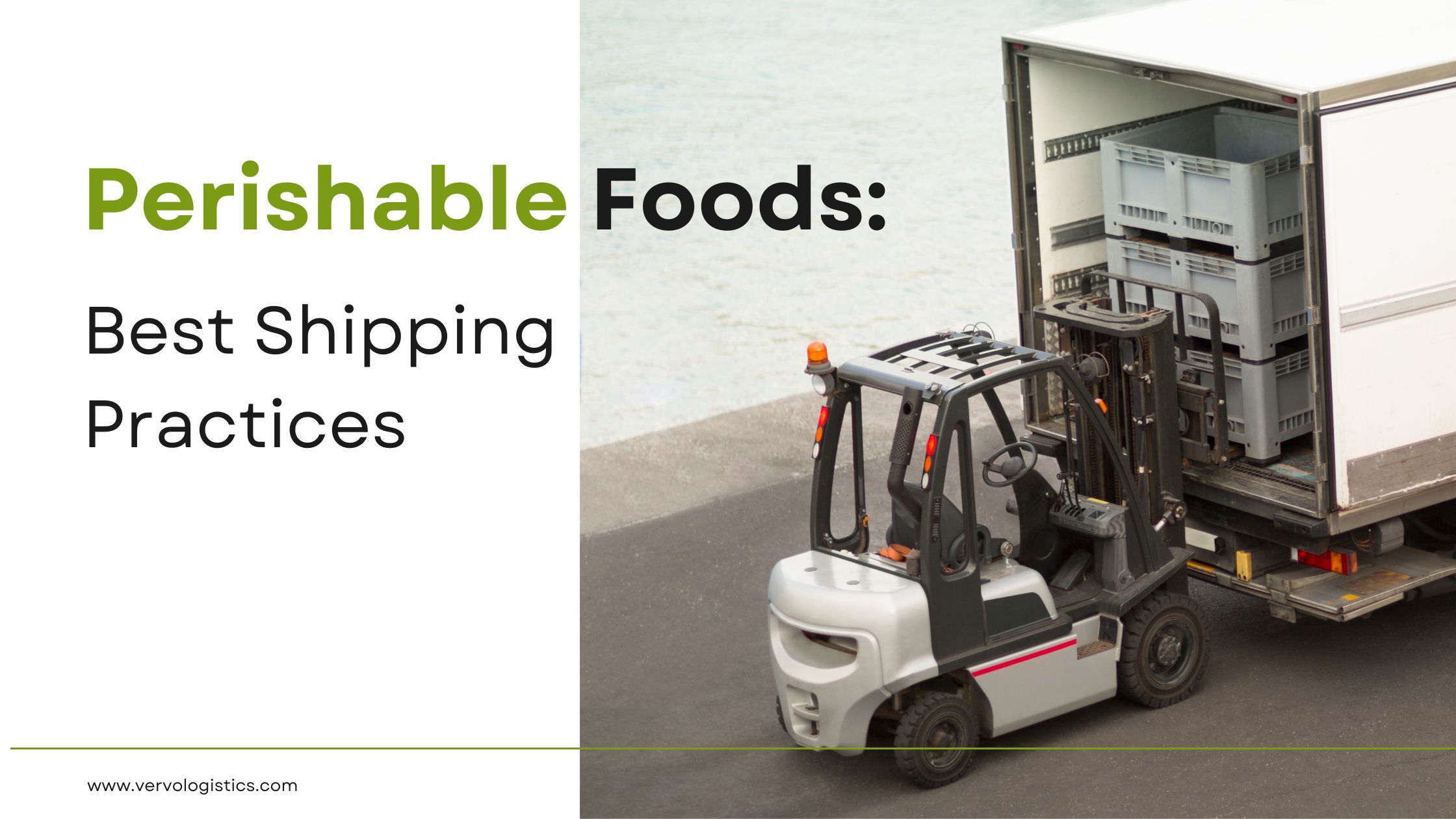As the demand for seafood and fish is rising in the UAE, shipping fish and seafood has become regular. The UAE has an annual seafood consumption of 28.6 kg per capita. This amount makes it the highest consumer market for fish among the GCC countries. The country is reliant on imports to meet 70% of its seafood demand.
Salmon is the most imported seafood item in the UAE. Other popular fish and seafood cargoes headed to the UAE contain scallops, Pelagic fish, shrimp, demersal fish, caviar, lobster, freshwater fish, salmon, mussels, crabs, prawns, clams, oysters, shellfish, etc.
Moving seafood cargo can be challenging. Seafood transport must adhere to tight regulations. This type of frozen and chilled cargo requires specialized procedures. Only with proper handling, your seafood freight will arrive safely.
One of the challenges facing the seafood segment is the time pressure of adequate supply. The use of various delivery modes in seafood freight is somewhat limited, as it is impractical to employ methods that require a lot of time. Contact a cold chain freight specialist and get your free seafood shipping quote today!
Types of Seafood Freight and Shipping
The type of packaging used is essential and it differs across seafood cargo types. Seafood cargo is delivered either live, fresh, or frozen.
Best practices for shipping live seafood
Live seafood is the most fragile and must be shipped with the greatest care. Several species-specific factors must be addressed while transporting live fish and seafood to guarantee that the cargo arrives healthy. These factors include respiratory rates, stress and pressure tolerance, excretory processes, and temperature tolerance ranges.
All live seafood should not be overcrowded in a single container. Some species are temperature sensitive, thus the temperature must be carefully put and monitored.
We determine the pH and salinity of the water, as well as the humidity of the environment, based on marine species. Remember, when it involves moving live fish and seafood it is critical to keep their surroundings stable and stimulate their original living habitat because stress produced by environmental changes might result in losses. In general, we should take care of
→ Metabolic Rate: Reduced metabolic rate of the live seafood cargo can greatly boost shipping viability. Metabolic rate can be reduced in two ways: by applying an anesthetic or by lowering the temperature. However, keep in mind that anesthetic usage is not permitted for edible fish and seafood, and it is not recommended.
→ Oxygen Requirements: Body size, the surrounding temperature, nutritional condition, and metabolic rate all influence oxygen needs for live fish and seafood. Fish temperature, size, and activity level all influence oxygen consumption. Water has a maximum oxygen level of 5 to 10 ppm. Some varieties of fish, such as saltwater fish, use oxygen less efficiently than others, such as freshwater fish. In general, live seafood freight must be packed in oxygen-rich water to avoid stress and death.
→ Ventilation: Because some seafood species, such as live shellfish, require ventilation during transit, shipping containers should not be sealed. Some packing solutions incorporate ventilation holes near the shipping carton's top edge.
Best practices for shipping fresh Seafood
Fresh or chilled fish should be kept in a wholesome condition, with no parts frozen. Fresh fish is less delicate, but it still needs cautious handling to maintain quality. An appropriate cold chain for fresh seafood maintains the fish chilled from the time it is caught at 0 degrees Celsius. This helps to limit the possibility of spoiling. The cold chain is considered broken when the temperature increases over one degree Celsius. Extreme temperatures should be avoided in general. To keep fresh seafood chilled, it must constantly be packaged in ice.
The simplest cold chain with less room for error is a fishery that moves directly to a retailer. While the more complex cold chains are fisheries that go first to warehouses, collectors, auctions, etc. then they are transported to wholesalers and retailers.
Best practices for shipping frozen seafood
Frozen seafood freight is the most forgiving, but it still needs careful handling to avoid freezer damage or cargo spoiling. The freezing technique is specially designed to protect the wholesomeness and quality of the product by keeping it in a healthy condition at temperatures below -15 C. Except during the frozen storage, defrosting procedure, or transfer from the delivery truck to the frozen fish store on the frozen fish display unit, the temperature of the frozen fish must never surpass -12 C.
To keep frozen seafood freight frozen, it is usually packaged in dry ice or gel packs. The most crucial aspect of importing frozen seafood is keeping the cold chain intact at all times. This implies that after the seafood has been frozen, the supplier, shipper, and retailer must do everything to preserve the product frozen at each stage.
Modes of transportation
Seafood is usually transported by air, railway, truck, or ocean.
- Air transport is the quickest but still most expensive option. It is the most suitable choice for time-sensitive cargo such as live seafood freight.
- Rail is less expensive than air but it is slower yet more environmentally friendly.
- Truck shipment is less expensive, and we usually use it in multimodal solutions if you choose to combine more than one mode of transportation for international seafood cargo.
- Sea freight is the slowest means of transportation, but it may be the most cost-effective for large shipments when time is not critical. It is also the most environmentally friendly alternative compared to other modes.
Packing and Labeling
All seafood must be carefully packed, allowing it to breathe but not too tightly. It is essential to prevent damage or loss while in transit. In addition, All seafood must be transported in an approved container, typically made of stainless steel. A safe reefer container is free of any chemicals, flammable or explosive materials.
For labeling, any seafood cargo must be labeled with the correct name, address, and telephone number of the seafood supplier, the date of catch, the type of seafood, and the country of origin.
Regulations of Seafood Freight
One of the most vital sectors in the world is the seafood freight and logistics industry. It is in charge of delivering fish from one location to another. Seafood freight is extremely fragile, thus various procedures and precautions must be taken to guarantee that it is handled appropriately. To maintain quality and safety, the seafood sector is heavily controlled and regulated. Chilled and frozen shipping is an integral part of cold chain logistics, requiring optimal and strict conditions, from humidity control, and adjusted air distribution to regular checks, and maintaining the internal temperature to keep the cargo fresh and protected. Those regulations prevent costly delays and penalties. Here are some examples of the criteria for transporting live, fresh, and frozen seafood:
- Proper and precise refrigeration: If seafood freight is not properly chilled, it will deteriorate and become unsafe to eat.
- Contamination: To avoid contamination, seafood freight must be delivered in a clean and sanitary way. To properly prepare for loading your seafood cargo cleaning and sanitizing refrigerated containers is essential. Any seafood freight must be transported in a clean container free of debris or foreign objects.
- Inspection: All seafood must be examined before it is shipped for quality and safety by a certified inspector. Moreover, We always recommend adding the tracking and monitoring service to your seafood transportation solution to allow for Periodic checking. This means the cargo will be transported via a regularly inspected container by a qualified inspector.
- Certified Equipment: The use of appropriate equipment refers to equipment that complies with the storage conditions for seafood, which vary depending on the species.
Considering these conditions, you can move your seafood freight by sea, air, rail, or road. It should be noted that the paperwork and cost of doing this process take a little longer than for other shipments.
Top countries to import seafood from into the UAE
In the United Arab Emirates, The Fish and seafood market is expected to register a total volume CAGR of over 4% to reach 274,000 tonnes per year in 2024. imported seafood accounts for over 70% of total demand. Seafood is imported into the UAE from about 127 different countries. The top suppliers in 2020 were India with a value share of 28.9%, followed by Norway, China, and Vietnam.
Transporting Seafood With Vervo Middle East for Logistics and shipping solutions
Based on your requirements, Vervo Middle East provides a variety of alternatives for frozen and chilled freight and logistics services. From various transportation modes, best transport charges, and flexible transit times to multiple temperature ranges for several types of goods. Maintaining the required temperatures and the security your cargo shipping needs throughout the journey is the ultimate purpose. Here is how Shipping seafood works with Vervo Middle East:
- Pre-cooling the container to keep it within the specified temperatures.
- Effective sterilization.
- Highly secure and accurate stowing of goods for reliable freight, less loading and unloading time, and lower oxidation.
- Setting automatically controlled refrigeration based on the required temperature and humidity level.
- Performing Regular checks and documentation of real-time temperature and humidity data throughout the trip.
The cold chain can include the final transportation to warehouses to ensure that the temperature is kept precise and in optimum condition upon delivery. Our cold chain and warehousing logistics specialists help you maintain an unbroken freezing and refrigeration process to preserve optimum product quality. You can also track and monitor your seafood shipment by using the tracking number provided by Vervo Middle east. For extra safety, we also recommend the seafood cargo must be transported in an insured container to be protected against loss or damage.
Conclusion
Many people find seafood to be a tasty and nutritious alternative, but shipping it may be challenging without accurate knowledge. Fortunately, with thorough preparation, it is possible to apply seafood shipping solutions responsibly. You can ensure that your seafood arrives fresh if you follow the recommendations we mentioned.
Vervo Middle East is an authorized freight forwarder that you can rely on to bring your seafood products in a timely and secure manner. We have a team of seasoned seafood industry specialists who understand how to carefully handle your seafood freight. Tell us more about your shipment and get a customized Seafood Freight Quote for free today.




